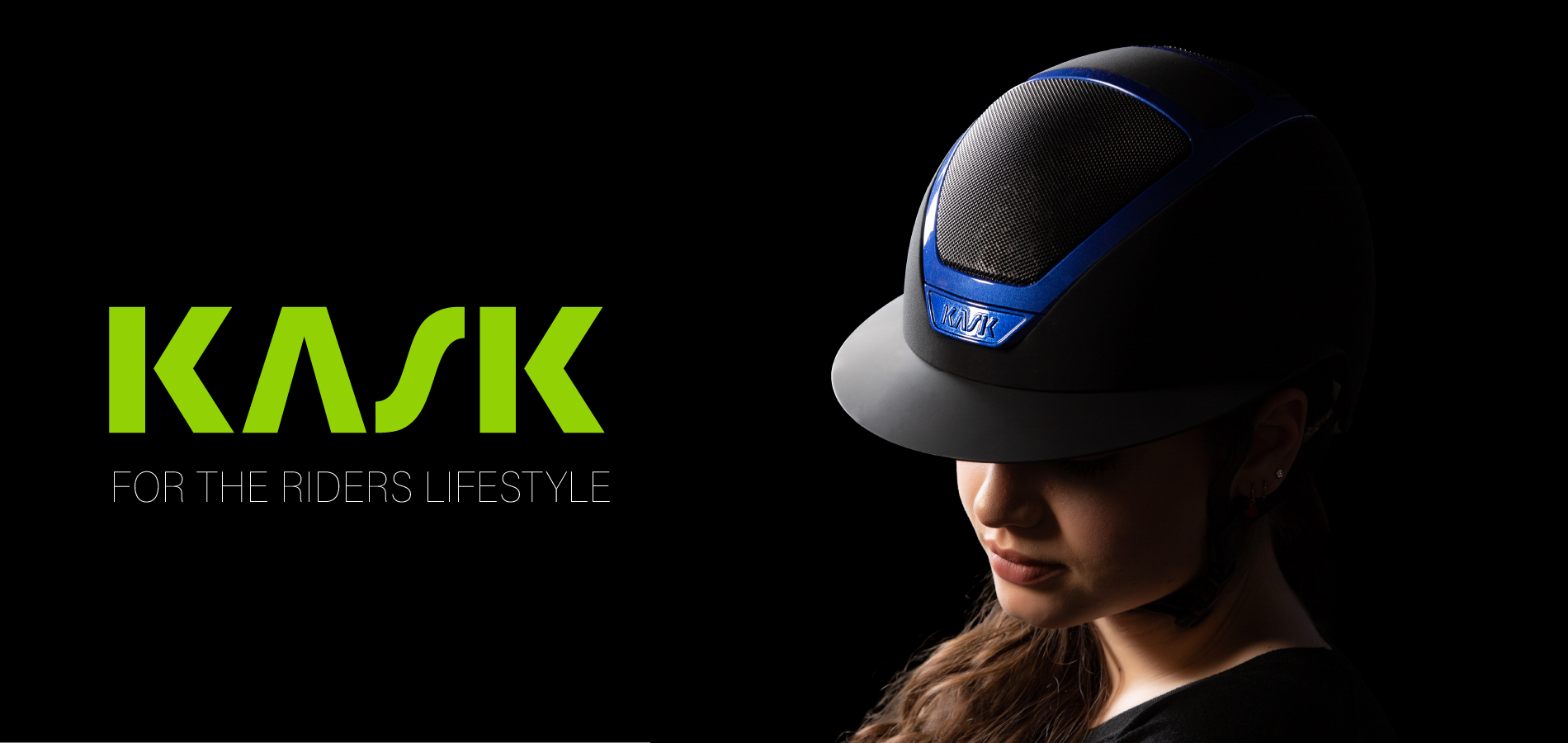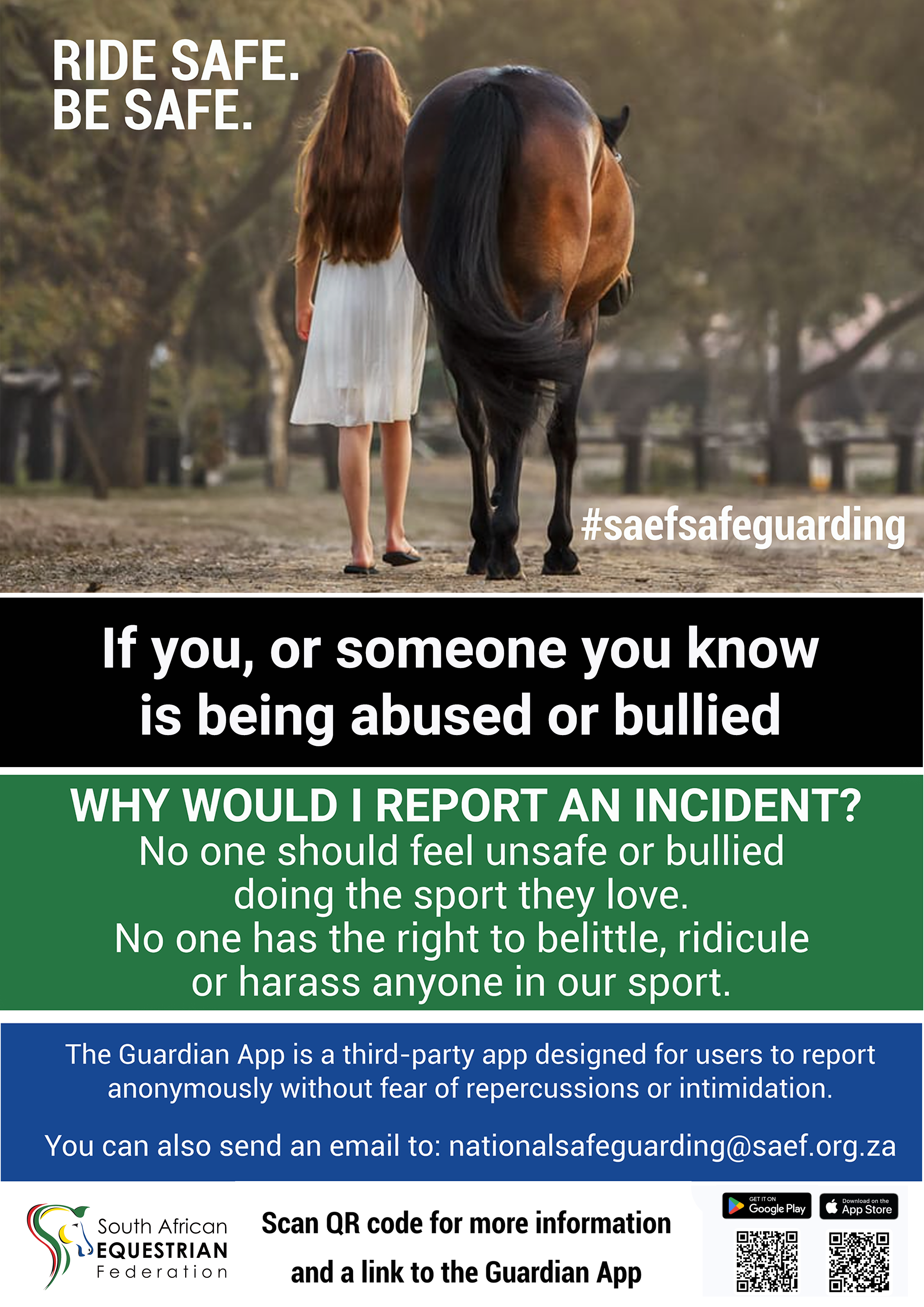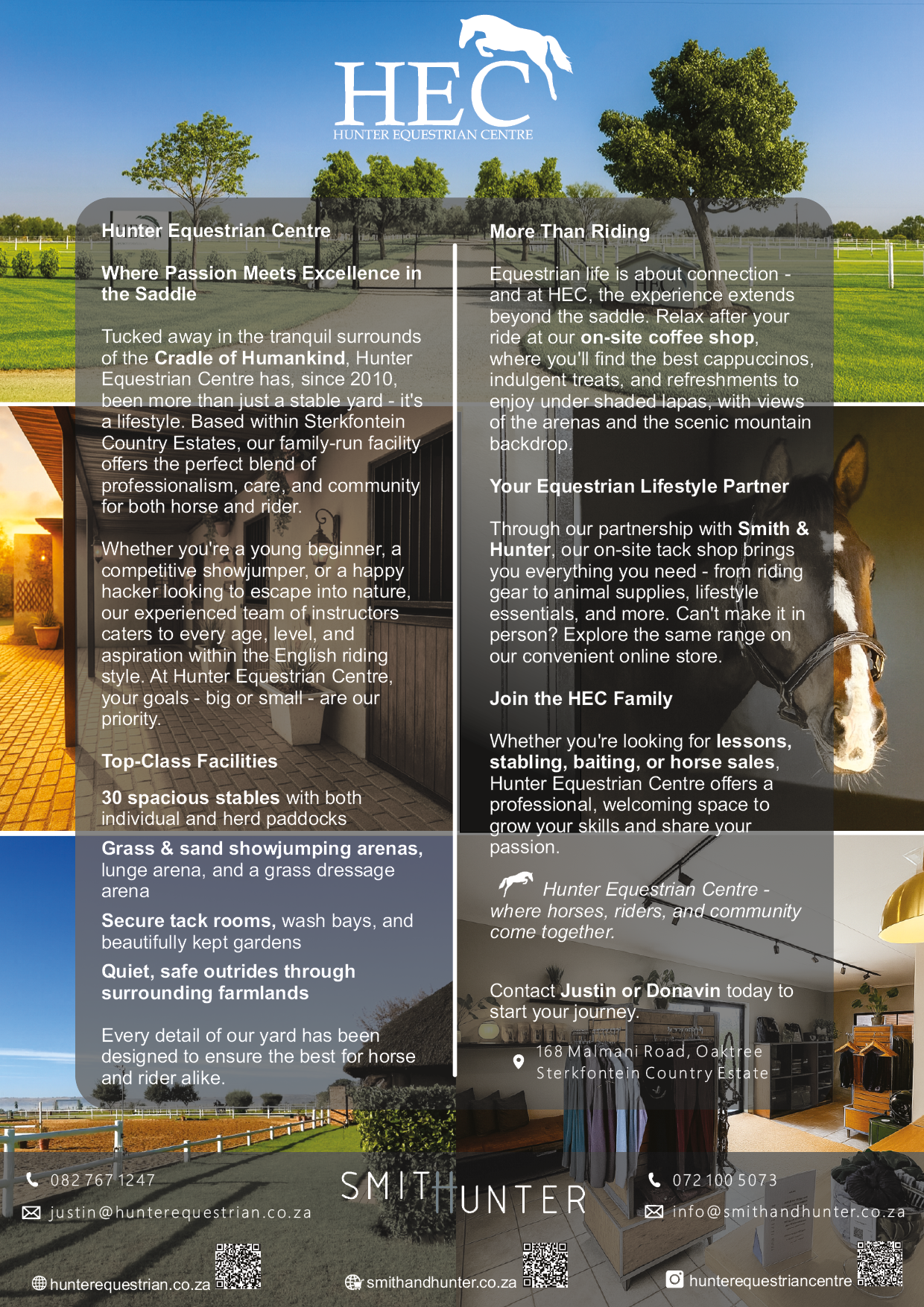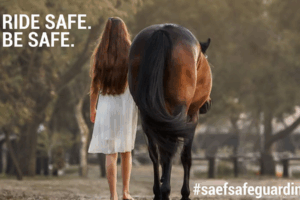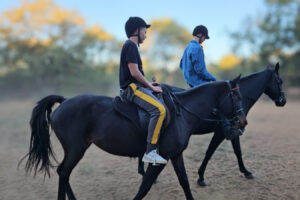More Than Maintenance: The Transformative Power of Physiotherapy for Horses
For many riders, physiotherapy is something they turn to when there’s a visible problem — a limp, a dip in performance, a sudden behavioral change. But for professional equine physiotherapist Chantal Holder, the true power of physiotherapy lies not just in fixing what’s broken, but in tuning the body to work at its best, catching potential issues before they escalate, and ultimately helping horses thrive in the demanding world of equestrian sport.
Working across multiple disciplines, Chantal has seen how small dysfunctions, often invisible to the untrained eye, can spiral into career-limiting injuries if left unchecked. Her philosophy is simple: the sooner you spot and address a problem, the better your horse will perform, recover, and endure.
“Pain can present in many forms,” she explains. “Sometimes it’s a clear injury, but often it’s much more subtle. It can show up as sudden behavioural changes, general work-related tension, or even just a feeling that something is ‘not quite right’ when you ride. Physiotherapy is about identifying the cause and understanding the structures involved, whether that’s bone, joint, muscle, or soft tissue.”
Chantal’s role isn’t limited to treatment. She acts as part of a broader support team around each horse, often liaising with vets, farriers, saddle fitters, and owners. “Our job is to see the whole picture,” she says. “It’s not just about treating what’s sore today — it’s about asking why the horse is sore in the first place and what needs to change to stop it happening again.”
Catching problems before they start
Physiotherapy often uncovers the unseen stories written across a horse’s body. Many horses, Chantal says, learn to compensate around discomfort, adjusting their movement to avoid pain. Over time, these compensation patterns become habitual, even after the initial cause has healed.
One of the most overlooked areas, she points out, is the scapula. The freedom of movement between the scapula and the ribcage is vital for shock absorption in the forelimb. A simple slip in the paddock or a rough landing over a jump can restrict this motion. Although the horse may not appear obviously lame, the altered biomechanics quietly strain the lower limb structures, significantly raising the risk of injury. Without intervention, what starts as a minor stiffness can end as a torn ligament or chronic unsoundness.
This is why Chantal believes regular maintenance sessions are so important for sport horses. Just as human athletes require regular physical therapy to keep competing at their best, equine athletes need proactive care to stay supple, strong, and resilient.
Healing more than the obvious
Chantal recounts the story of a talented mare whose performance steadily deteriorated during multi-day competitions. Despite veterinary checks and fitness adjustments, the mare struggled with back pain that intensified under the pressures of showing.
Eventually, a full veterinary workup revealed kissing spine, a painful condition where vertebrae impinge against each other. Medical treatment alleviated the immediate source of pain, but Chantal’s work had only just begun.
“Horses, like humans, will work away from pain,” she explains. “They develop compensations and tension patterns that become their new normal. Even after the initial injury is addressed, the body can remain locked into these unhealthy movement habits.”
In the mare’s case, compensation had caused significant weakness in the hindquarters, restricted hip and pelvic mobility, asymmetry in the forehand, and an overall reluctance to work through the back.
Rehabilitation involved a full-body approach. Manual therapies relieved pain and released myofascial restrictions, while electrotherapy helped re-establish correct muscle firing in the spinal stabilisers. Therapeutic taping supported posture and healing. A carefully designed exercise programme then rebuilt core strength, balance, coordination, and fitness. Not just to return the mare to work, but to build a stronger, more resilient athlete than before.
Most importantly, Chantal emphasises, the journey was a collaboration between a physiotherapist, a veterinarian, a farrier, a tack specialist, and the owner. “When everyone works together, the outcomes are so much better,” she says.
Listening to the Signs
Knowing when to seek physiotherapy support often comes down to listening closely to the horse and to your instincts as a rider.
Horses may not voice their discomfort, but they show it in other ways. A horse who suddenly becomes resistant to work, who feels flat or uneven under saddle, who struggles to bend or prefers one rein to the other, could be signalling an issue beneath the surface. Sometimes the clues are behavioural: unhappiness being tacked up, unusual bucking, rearing, head-shaking, or an overall shift in attitude. Other times, it is a sense that something in the horse’s way of going just doesn’t feel right.
Chantal urges owners to act on that feeling. “Trust your instincts,” she says. “Even if you can’t see anything obvious, it’s always worth checking it out. Early intervention can make all the difference.”
There are also times when preventative physiotherapy is particularly valuable, like after a fall or paddock accident, following a long journey, after significant changes in workload, during busy show seasons, and when bringing a horse back into work after a long rest or injury. Even non-sporting incidents like extensive dental work can have a knock-on effect on the horse’s body that benefits from physiotherapy support.
However, Chantal cautions that while physiotherapy can detect and treat dysfunctions, diagnosing lameness remains firmly in the domain of the veterinarian.
A proactive approach to equine health
As awareness grows, physiotherapy is increasingly recognised as a cornerstone of equine management and not just a luxury, but a necessity for horses expected to perform, recover, and enjoy a long, sound working life.
Through her work, Chantal champions a deeper, more proactive partnership between horse and rider. Physiotherapy is not just about treating injuries. It’s about giving horses the best possible chance to excel, to feel good in their bodies, and to move with freedom and strength for years to come.
“In the end, the horses tell us. It’s our job to listen closely enough and act quickly enough to help them.”
By: Charlene Carroll



